Horticulture
-
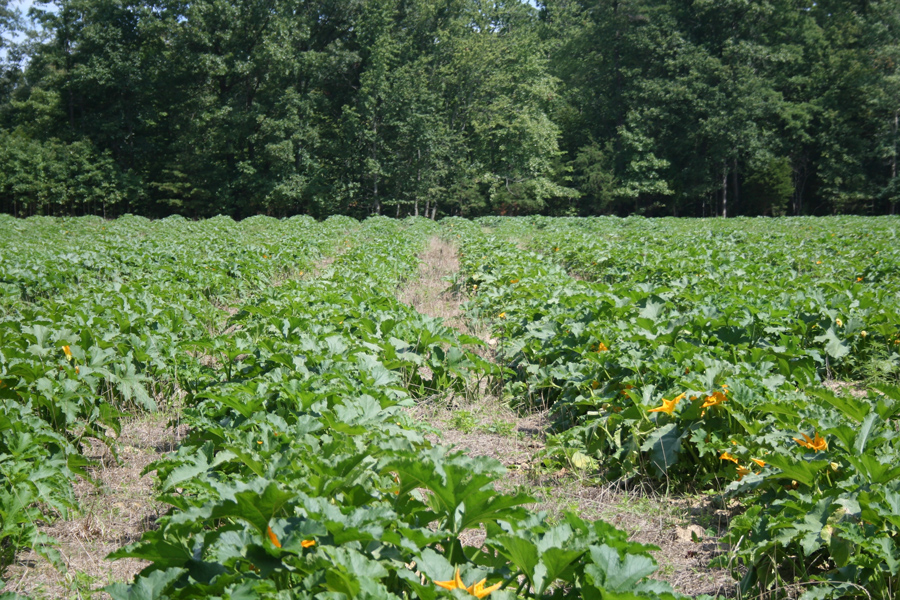
Conservation tillage with agronomic crops (i.e., cotton, corn, soybeans, etc.) has been successful in Georgia production. Such production practices have several benefits, the most notable being the elimination of soil erosion. Other benefits include but aren’t limited to increases in soil organic matter, maintaining a healthy rhizosphere (root-zone soil), reduction of riparian and waterway pollution, and water conservation.
Some examples of conservation tillage practices include no till, ridge till, and strip till. No–till production involves no tillage of field soils and leaves all of the previous crop residue on the soil surface. Ridge–till production involves building a ridge during cultivation, then scalping the ridge and sowing seed. The scalping process moves most of the previous–crop residue to the row middles, leaving a clean row for sowing. Strip–till production is when a narrow strip is tilled for each row that will be planted, leaving the row middles intact with the previous–crop residue. Strip–tillage may reduce yields if weeds in the untilled area are not killed, as these weeds will compete with the crop for water and nutrients. Although the planted row is free of previous crop residue, it may be advantageous to kill the cover crop to prevent it from competing for nutrients and water with the vegetable crop.
George E. Boyhan and Timothy Coolong
|
-

The majority of the plants used for interior decoration are considered “foliage plants” because of the highly decorative value of their leaves. Most of them originated in tropical and subtropical areas of the world and are adapted to low light levels, making them a natural choice for interior environments.
Forrest Eugene Stegelin, Paul A. Thomas, and Bodie V. Pennisi
|
-

The goals of these investigations were to achieve an aesthetically pleasing landscape while experimenting with mixing various plant habits, leaf textures and colors, and even flowers, and to raise consumer awareness, both at industry and public levels, of the alternative uses of tropical plants in the landscape. This publication presents plant performance data collected over a three-year period in trials from two different Georgia environments, a coastal area and a mid-state area.
Paul A. Thomas, Allan M. Armitage, and Bodie V. Pennisi
|
-

With increased urbanization, container gardens continue to enjoy popularity and brighten up patios and balconies. For many reasons, tropical plants have become a staple in container gardens traditionally filled with herbaceous annuals, bulbs, succulents, perennials and woody plants.
Bodie V. Pennisi
|
-
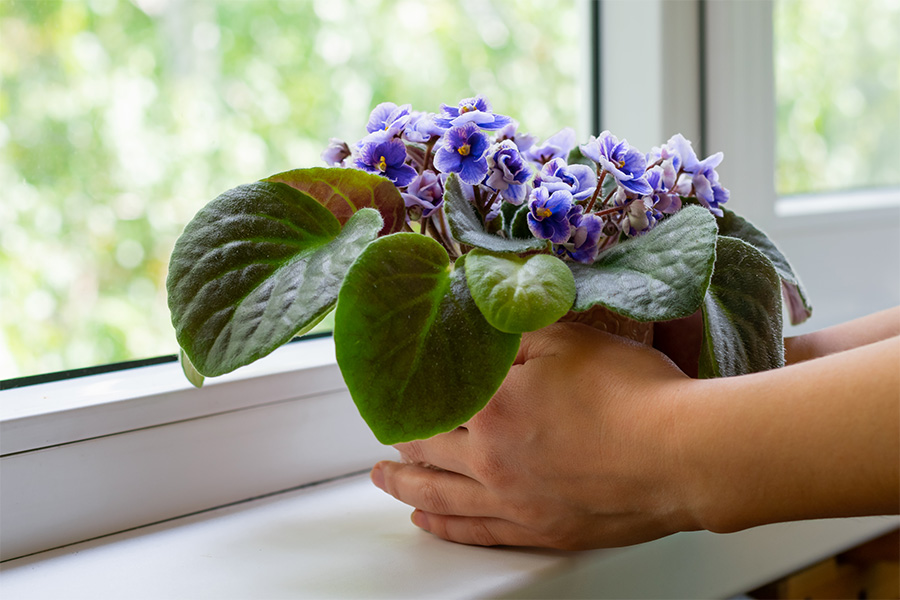
C 660
Growing African Violets
African violets are now among the most popular indoor plants. They are easy to grow and offer a wealth of beautiful flowers.
Bodie V. Pennisi
|
-
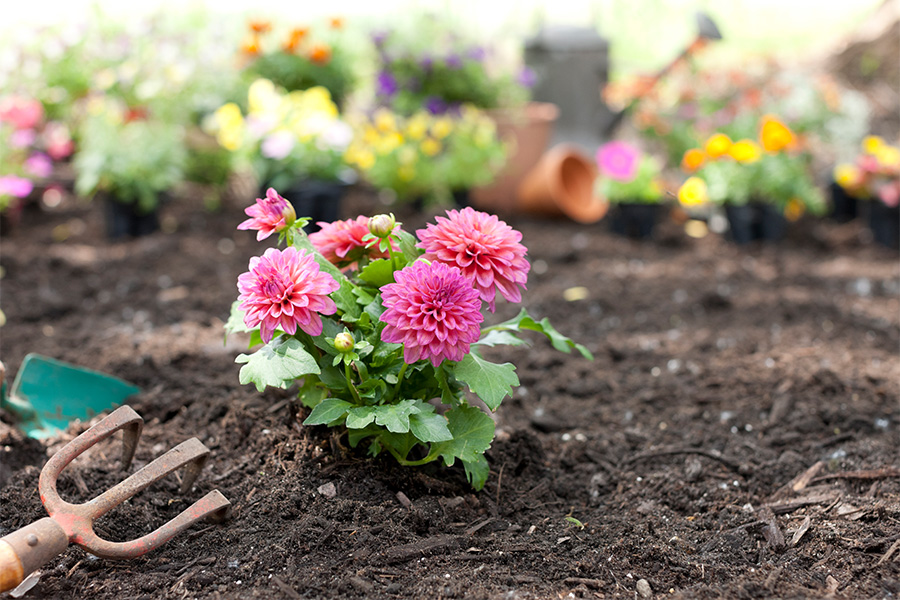
Annuals are the mainstay color plant of many home gardens. They are also used in increasingly large numbers in commercial and municipal landscapes because they provide landscape color in a very short time with minimal investment. Properly cared for, many annuals will brighten the landscape continuously from spring until frost kills them in the fall.
Paul A. Thomas and Bodie V. Pennisi
|
-
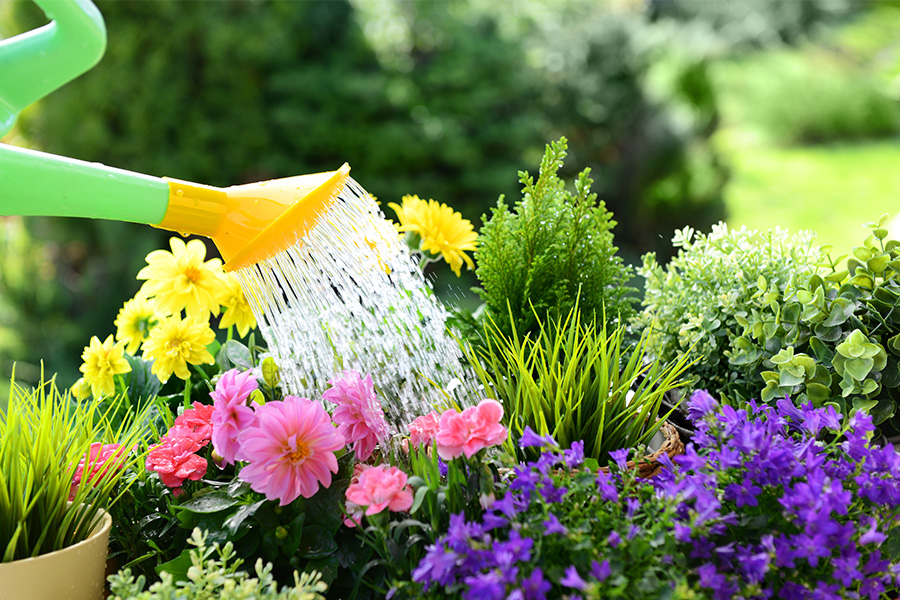
This resource provides guidelines for the care of established ornamental plants in the landscape. Low-maintenance alternatives to traditional cultural practices are discussed throughout.
Bodie V. Pennisi
|
-

Native plants are a great choice for Georgia landscapes. They provide food and habitat for native insects, birds, and other creatures and allow the gardeners to support local ecosystems. They are well suited to their native environments and many are quite beautiful. However, they are not super plants! They need to be sited in locations that closely match their native habitat, and the general public often assumes they need little or no care. This publication outlines conditions under which native plants need supplemental water and pest protection. Using the guidelines presented here, gardeners will be able to grow healthy native plants in their landscape.
S. Kris Braman, James W. Buck, Bodie V. Pennisi, and Ellen M. Bauske
|
-
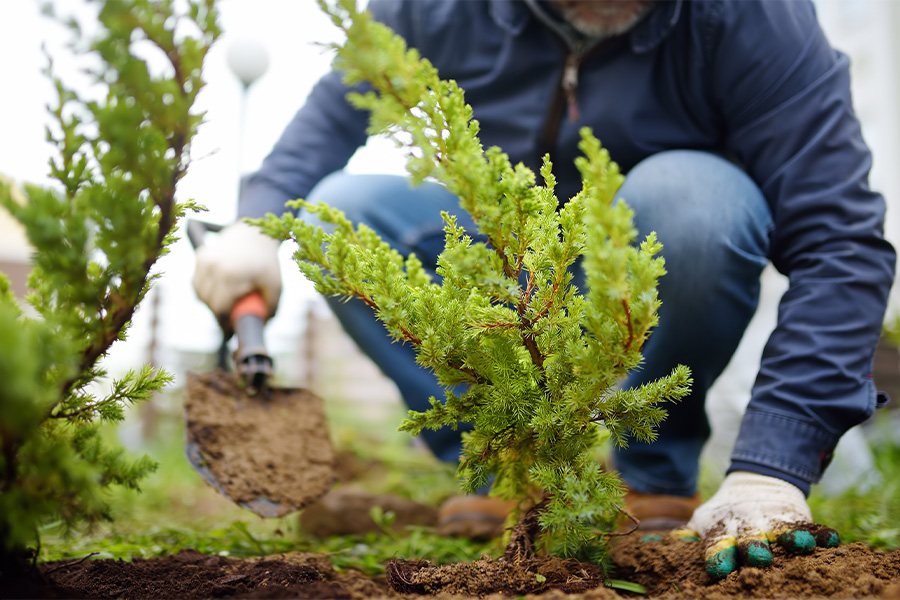
C 956
Junipers
This resource provides information about variety selection, characteristics, required care, and disease and pest control for juniper plants.
Bob Westerfield
|